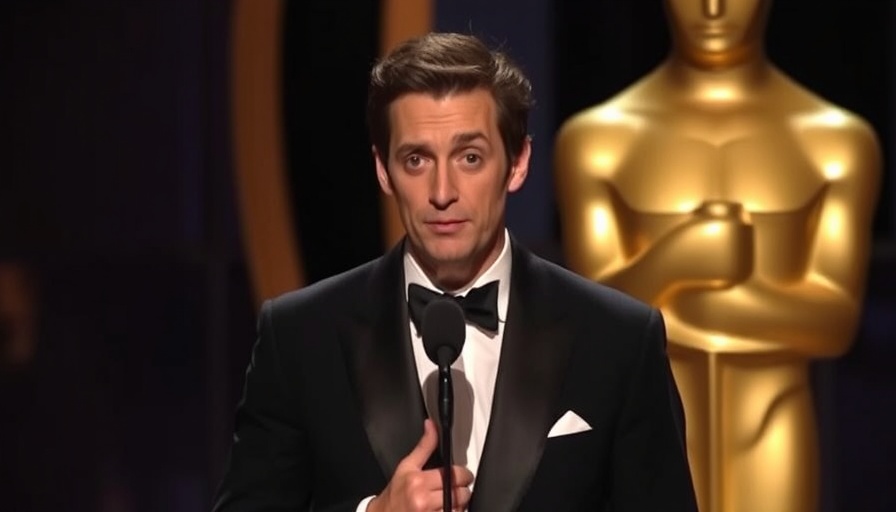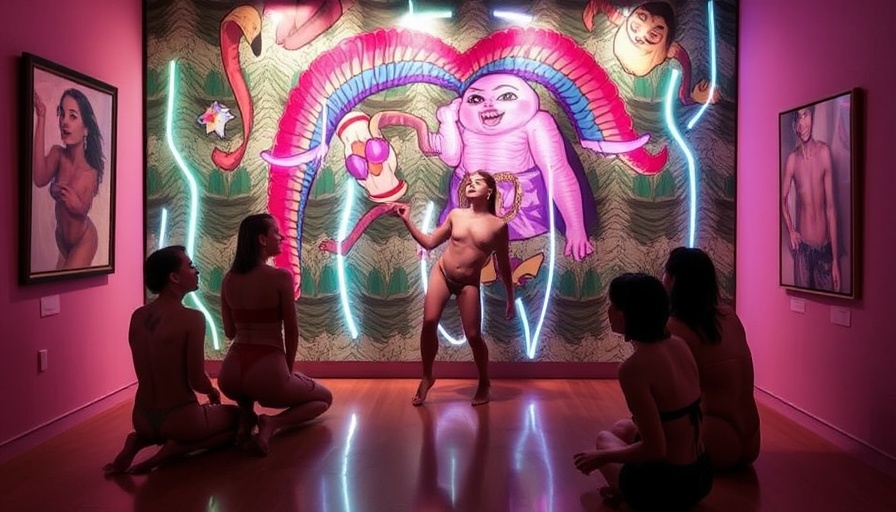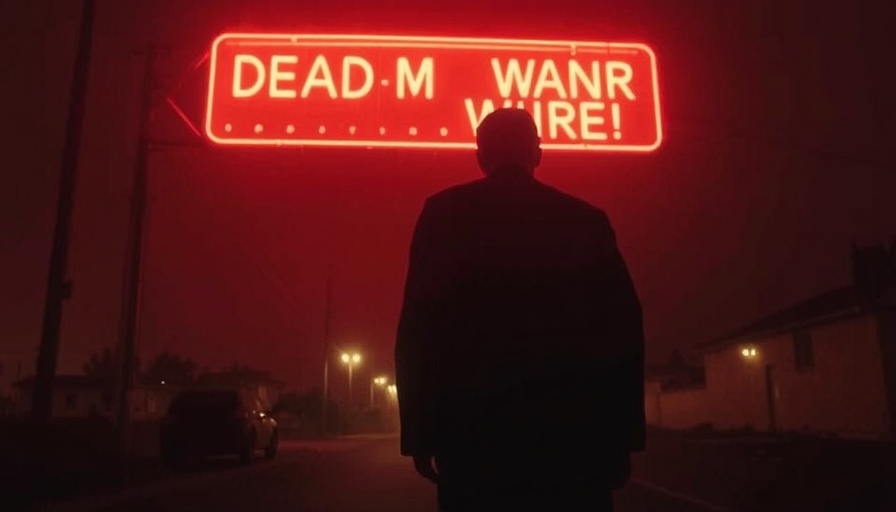
Adrien Brody Makes Oscar History with Longest Acceptance Speech Ever
In a historic moment for the Academy Awards, Adrien Brody was notable not just for his performance in The Brutalist, but for his record-breaking acceptance speech. On March 2, 2025, during the 95th Academy Awards, Brody delivered a riveting five-minute and forty-second address, outpacing the previous record held by actress Greer Garson since 1943, whose speech lasted five minutes and thirty seconds when she accepted her Oscar for Mrs. Miniver.
The Art of Acceptance Speeches
Acceptance speeches have long been a hallmark of the Oscars, often reflecting the prevailing sentiments of the times. Brody's behavior on stage was certainly emblematic of that spirit. After spitting out his gum and tossing it to his partner, he proceeded to engage the audience in a reflective dialogue about the fragility of the acting profession. “Acting is a very fragile profession... it can all go away,” he stated, inviting listeners to consider how success can be fleeting and the importance of staying grounded in one’s career.
Conversation Amidst Glamour
Brody’s speech did not shy away from addressing critical societal issues. He spoke passionately about “lingering traumas” from war and systematic oppression, emphasizing the need for inclusivity and vigilance against hate. This message resonated with the current global climate, where discussions about social justice and equality are more pertinent than ever. “I pray for a healthier and happier world,” he concluded poignantly, reinforcing his commitment to these social causes.
Recalling Past Oscar Moments
This wasn’t the first time Brody's speech made waves at the Oscars. His first win in 2003, for his role in The Pianist, was marked by a memorable incident when he asked for an extension on his time, much like he did 22 years later. This “not my first rodeo” sentiment displays Brody’s continued passion and willingness to vocalize important messages on a grand stage.
A Night of Surprises and Celebration
Though Brody’s speech was a highlight, the 2025 Oscars saw victories for several films and performers. The evening was dominated by the comedic film Anora, which took home five awards, including Best Picture. Nonetheless, Brody’s wins for best actor, alongside the film’s achievements in cinematography and original score, showcased a mix of talent and storytelling diversity in the industry.
Reflections on Legacy and Impact
Brody’s five-minute and forty-second acceptance speech may raise eyebrows and spark debate about the need for brevity at such high-profile events. However, the longevity of the speech allows for deeper reflection on pressing global issues. For individuals navigating a world of constant change – especially digital nomads prone to new experiences and cultures – Brody's insights remind us to stay relevant and engaged with our surroundings.
Brody’s speech serves not only as a celebration of individual achievement but also as a call to action: a reminder to harness our voices in support of what truly matters.
 Add Row
Add Row  Add
Add 




Write A Comment